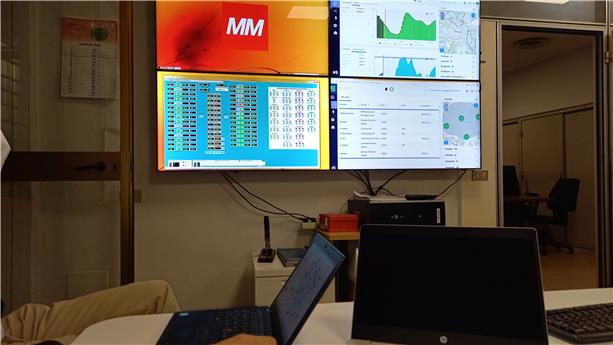
AQUADVANCED® Water Networks
Reduce losses, improve water quality and detect leaks in real time. Optimise the management of your drinking water networks with Aquadvanced® Water Networks
SUEZ has implemented its AQUADVANCED® Water Networks software to monitor the entire drinking water distribution network. A dashboard displays the state of the network in real time.
Intelligent event detection means that action can be taken more quickly, and the reports are a valuable decision-making tool for better management of network performance.
Thanks to the AQUADVANCED® Water Network solution, Macao Water was not only able to ensure a 24/7 water supply with continuous support, but also: